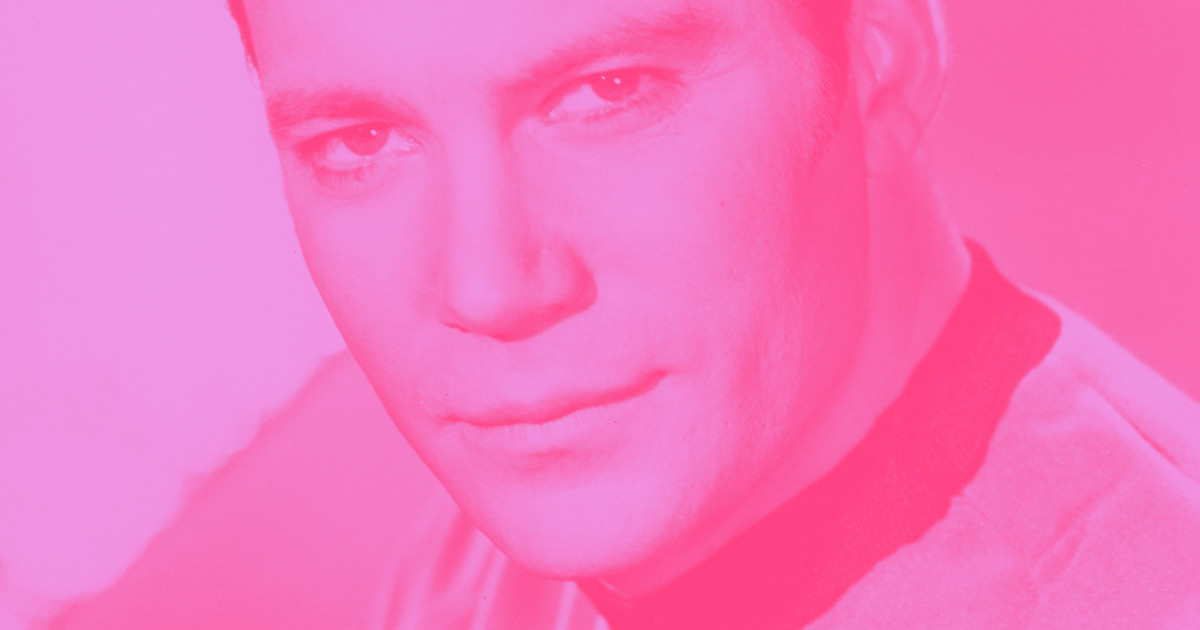Tia Meyers, founder of Freelancing Females, built a community of over 30,000 freelancers. Together they’ve learned so much about the highs and lows of starting and running full-time freelance careers. In this interview, Tia shares thoughts on how to prepare for a full-time career in freelancing, find and get clients, cultivate a community, and do the work you love.
As part of the Webflow Freelancer course today, I’ve had the pleasure of meeting with and interviewing freelancers from all walks of life. The course outlines the “Freelancer’s Journey” and the processes of that journey.
In this series of interviews, I have one very important goal: to pluralize the Freelancer’s Journey. Because the journey is as unique as each individual running their own business. And, while there’s no single journey, every freelancer faces similar questions, doubts, challenges, and “when the f*ck am I going to get paids?”
I was excited to talk to Tia about her experience as a freelancer and community leader.
What advice do you have for someone thinking about freelancing full-time? How can they prepare to make the jump?
My first piece of advice is to save up enough money to support yourself prior to starting your full-time freelance career.
Not only will this ease the stress as you launch, but it will afford you the time to explore websites that offer freelance work and find clients you want, and turn down work and clients you don’t want. The opportunities you say “no” to early in your career will be more defining than the work you say “yes” to.
And, while you’re saving money — probably working the 9-5 you can’t wait to leave — start making a list of potential clients, polishing your portfolio, and building a supportive community of other freelancers.
What advice do you have for freelancers (at any stage) who are creating a portfolio?
First and foremost — don’t spend too much time on it. I can’t tell you how many times I’ve had freelancers tell me they haven’t reached out to potential clients because they’ve been working on their portfolio for over a year.
Keep it simple: your portfolio should make it easy for people to see the work you’ve done, get in touch, and get a sense of who you are as a person. Your personality is the biggest selling point for potential clients and if you can use your portfolio to sell who you are before meeting clients, that’s especially effective!
My second piece of advice is to make sure your portfolio reflects the kind of work you want to do. It can be really tempting to include everything you’ve done, but before you add anything to your portfolio, ask yourself if, going forward, you want to do that type of work with that type of client. The work and clients you feature in your portfolio are the kind of work and clients you’ll attract.
For example, a friend of mine is getting ready to freelance full-time. Her experience is in event planning, but event planning has become unsustainable while she balances family obligations. So instead of featuring all the events she’s done in the past, we loaded her portfolio with specific services she offered at each event. Her portfolio highlights skills — like calligraphy — that she wants to market going forward so potential clients can see and hire her for those skills.



















Grow your freelance business
Take on more clients and build websites faster. Webflow empowers freelancers to design and deliver with confidence, while keeping full creative control.
When someone makes the jump into freelancing full-time, what high-impact things can they do to find and get clients?
Put it out into the world. When I started freelancing full-time, I told everyone. I even told past employers and coworkers who became some of the best referrals for new clients. I blasted the news across all my social channels — Instagram, LinkedIn, and Facebook.
A lot of freelancers, especially when they’re starting out, are afraid to tell their networks because they’re afraid of failing or coming off as “salesy.” But you need your network the most when you’re starting out. It can be the difference between getting and not getting clients.
Another thing you can do is build a community and collective of freelancers who offer a variety of services. If you’re a photographer, having freelance connections in event planning, social media management, and web design will yield more client referrals than a community of other photographers. A client who needs web design services, for example, will likely also need a photographer. Those connections and referrals will pay off in the long run.
What advice do you have for freelancers reaching out and choosing the right clients to work with?
Reach out to clients who can hire you for work you want to do. When I started out, I knew I wanted clients in the hospitality industry, so I almost exclusively reached out to owners of hotels and restaurants. Because my portfolio and social media was filled with hospitality work I’d done, those clients wanted to work with me.
Always interview potential clients. Initiate a 30-minute call or in-person meeting to get a better understanding of where they’re at and where they want to go. And take that opportunity to watch out for red flags.
What kind of red flags do you look for and what questions should you ask?
Great question. I typically look for red flags around how clients communicate and whether they respect me and my work.
If a client is unwilling to hop on the phone for a quick call, that’s usually a bad sign. Clients unwilling to communicate or respect your time will be difficult to collaborate with down the line.
I like to ask how clients prefer to communicate. Communication is a key element of a positive relationship, so if there’s a mismatch between our preferred communication styles, that’s a red flag.
It’s also a good opportunity to let your clients know how you prefer to communicate. I communicate exclusively via email and phone calls. So when clients expect me to join their Slack or Trello groups, it’s difficult to manage our communications, especially as I balance the needs of other clients.
How do you set expectations for client communications in order to juggle multiple clients and manage a healthy work/life balance?
I’m specific about my availability in the contract: times clients can contact me and expect a response. I do this to remind them I have other clients, but also so they don’t reach out on a Saturday night expecting an immediate response.
I make sure clients can contact me when they need to without forfeiting control of my schedule by setting designated “office hours” for each client. I dedicate 1 or 2 hours a week to each client — they can ask questions as they come up and I can maintain control of my schedule and client list.
What does community mean to you? How can community help a new freelancer?
Freelancers tend to be a bit isolated. I started Freelancing Females because I wanted a place to ask hard questions, find like-minded women who understood what I was going through, and get support. Whether your community is a few people in your town or many in different freelance industries around the world, that support can give your business a new dimension and someone to turn to when you need it most.
What’s one final piece of advice you have for new freelancers?
You’re going to learn a lot through the Webflow Freelancer course, but the most important reason to freelance is to create a job around your passion — something you truly enjoy. You’ll no longer be shackled to someone else’s job description, so it is time to make your own.
Freelance will take time, energy, and involve stress. But I hope you create something you love with the flexibility you need and that meets the goals you’re after.































